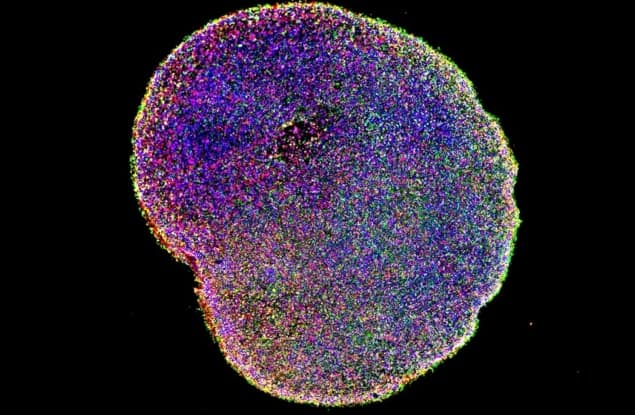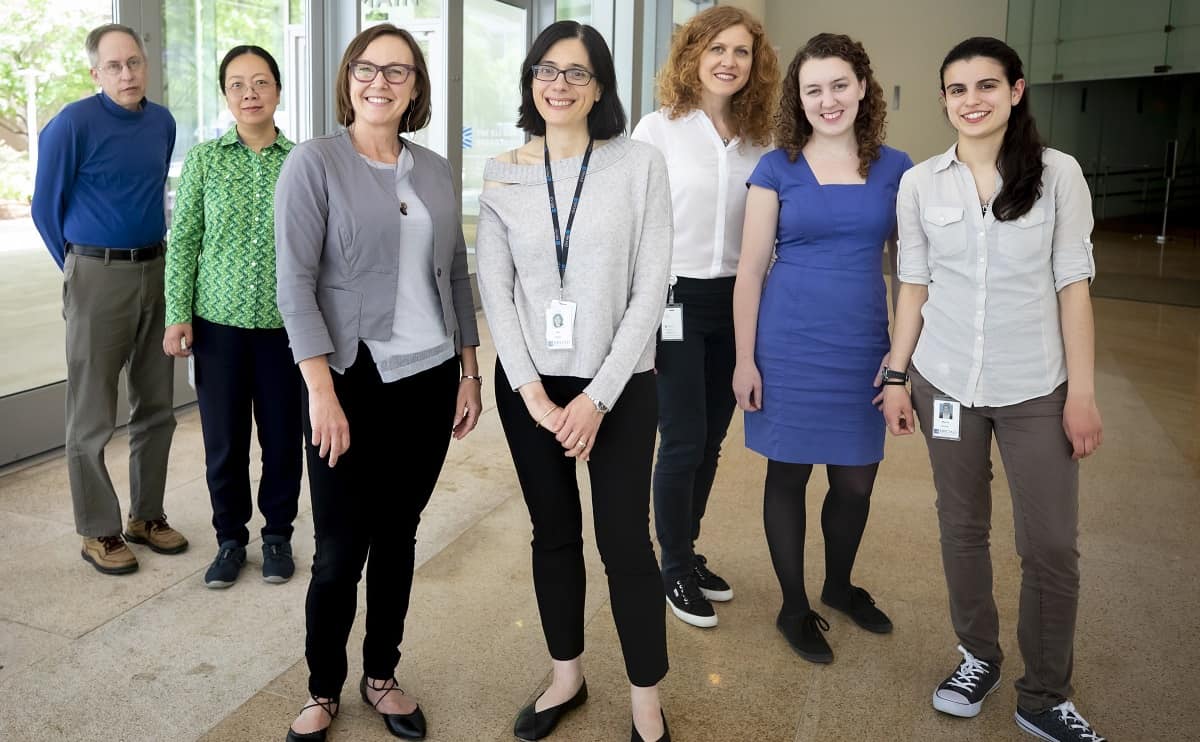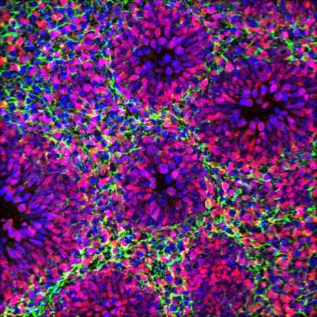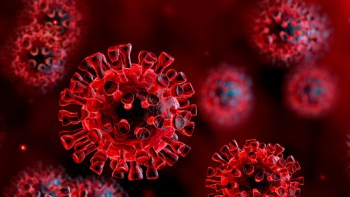
Researchers from Harvard University and the Broad Institute’s Stanley Centre for Psychiatric Research have developed reproducible brain organoids for the first time. This could potentially lead to advances in developing treatments for neurological diseases.
Modelling neurological disease is a complex task, and researchers lack appropriate models to achieve this. The goal is not to grow a synthetic brain, but to produce a simple representative model with which to understand it. In recent years, brain organoids have gained popularity as ways to model neural cells. These organoids are 3D self-assembled cultures of stem cells that are directed to develop into neurological cells. However, getting these cells to grow in the right way and in the correct order every time has so far eluded researchers.
The team has now developed a method that allows researchers to grow organoids that develop in a similar way each time (Nature 10.1038/s41586-019-1289-x). Additionally, under specific conditions, they managed to develop the organoids for long enough to produce the broad spectrum of cell types seen in a developing brain. This feature is crucial for developing these organoids as viable experimental tools for research.

Changing things up
The group modified four well-known methods for growing organoids, enabling them to be grown in a spinning-flask bioreactor. By using this type of bioreactor, the researchers could grow the organoids for longer, as less interference was needed to provide the cells with enough oxygen.
After six months, the researchers assessed the organoids. They found that their version of the dorsally patterned organoid, an organoid directed to grow like the region of the brain at the back of the head, was the most uniformly large and regularly shaped out of the four.
However, simply looking the same as each other is not necessarily a guarantee of success; the wide distribution of cell types and their organisation is also important. The researchers used single cell RNA-sequencing to analyse hundreds of thousands of cells from 21 dorsally patterned organoids.
Comparing the cell types that developed with development in embryos revealed a remarkable degree of similarity. The organoids had similar growth trajectories and their variability was comparable to the normal diversity expected in human brains.

Lead author Silvia Velasco explains: “We made organoids from multiple stem cell lines, from both male and female origins — so their genetic backgrounds were different.”
“Despite the different genetic backgrounds, we saw that the same cell types were made in the same way, in the correct order and, most importantly, in each organoid,” says Velasco. “We were really excited that this model gave us such consistency.”
The optimized method of producing organoids could change the way that researchers look at psychiatric illnesses. These organoids could be used to study genetic origins of such diseases by creating spheroids with specific mutations.
Senior author Paola Arlotta explains: “Having reproducible organoids will help us move much more swiftly towards concrete interventions, because they will direct us to the specific genetic features that give rise to the disease. In the future, I envisage we will be able to ask far more precise questions about what goes wrong in the context of psychiatric illness.”



